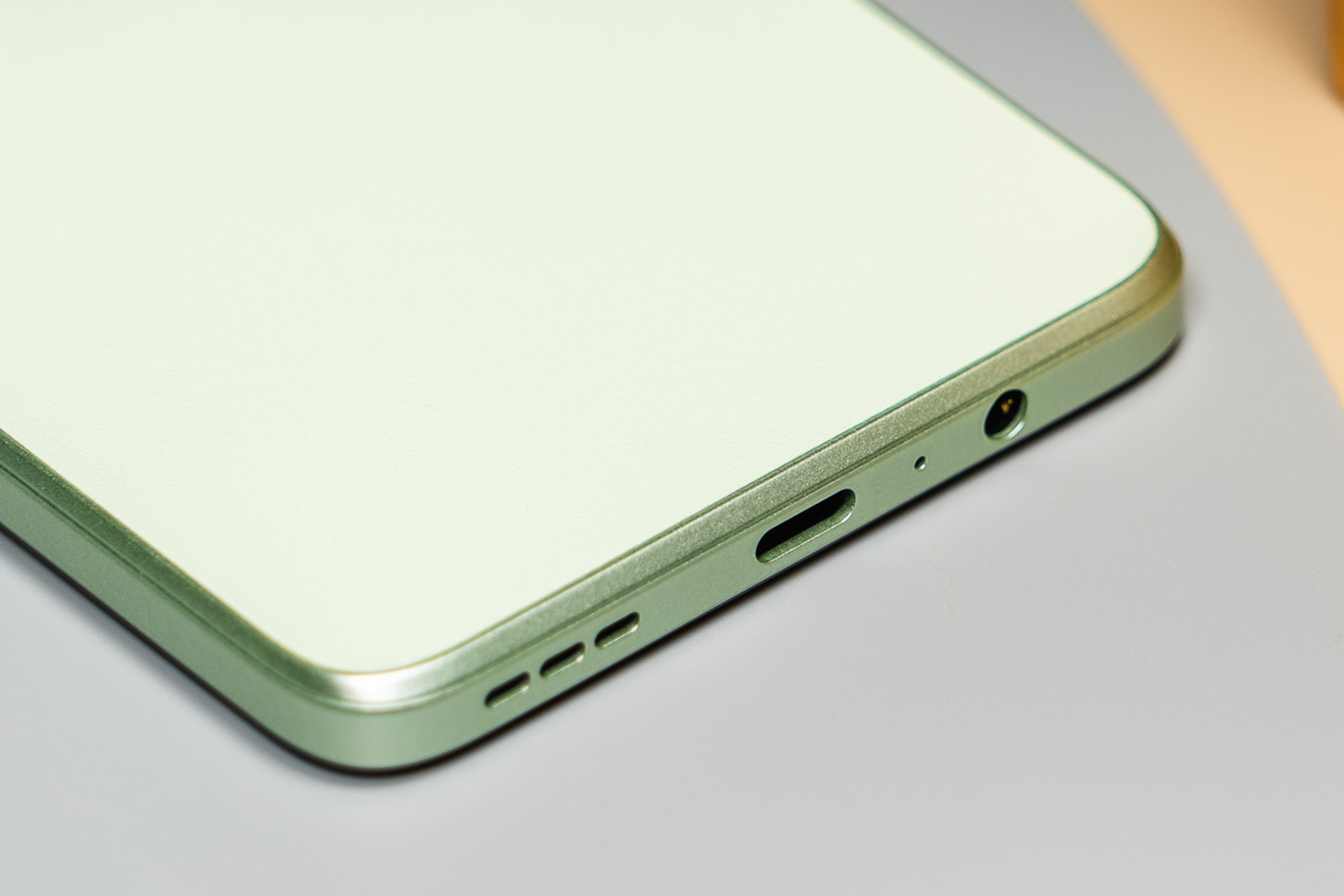The removal of the 3.5mm headphone jack from many smartphones and portable devices has raised questions about the motivations and implications of this decision. This article explores the key factors behind the removal of the 3.5mm jack and its impact on the world of technology and consumer preferences.For the last few years, flagship smartphones do not have a 3.5mm jack. However, the fact that it is found in affordable phones raises such a question.
The Rise of Wireless Technology
One of the primary reasons for the removal of the 3.5mm headphone jack is the growing popularity of wireless audio solutions. Bluetooth headphones and other wireless audio transmission technologies have gained significant traction in recent years. Users are increasingly drawn to the freedom and convenience of wireless audio, which eliminates the hassle of tangled cords and offers greater mobility.
Design and Waterproofing
The elimination of the headphone jack allows manufacturers to create slimmer and more aesthetically pleasing devices. Additionally, it facilitates the development of waterproof and water-resistant smartphones. This change enhances both the design and durability of devices, making them more appealing to consumers who value sleek aesthetics and resistance to the elements.
Efficient Use of Space
The removal of the headphone jack provides manufacturers with additional space within their devices. This extra room can be used for larger batteries, more powerful processors, or the incorporation of other features and components. Ultimately, it allows for more innovation and customization within the device.
Industry Standards
Some manufacturers aim to establish new industry standards by phasing out the headphone jack. This encourages other device makers to adopt wireless audio solutions and drives the industry towards new technological norms.
However, it’s essential to acknowledge that the removal of the headphone jack may inconvenience certain users who prefer wired audio devices. For these users, using existing wired headphones or adapters becomes necessary. Manufacturers often include USB-C to 3.5mm adapters with their devices to ease this transition.
Conclusion
The removal of the 3.5mm headphone jack represents a significant shift in the world of technology and consumer preferences. It reflects the growing importance of wireless audio solutions, the desire for sleek and durable device designs, and the need for efficient use of space within portable devices. While this change aligns with the technological advancements of our era, it also poses challenges for users who still rely on traditional wired audio solutions. As technology continues to evolve, the industry will likely adapt further to accommodate a diverse range of user preferences and needs.








